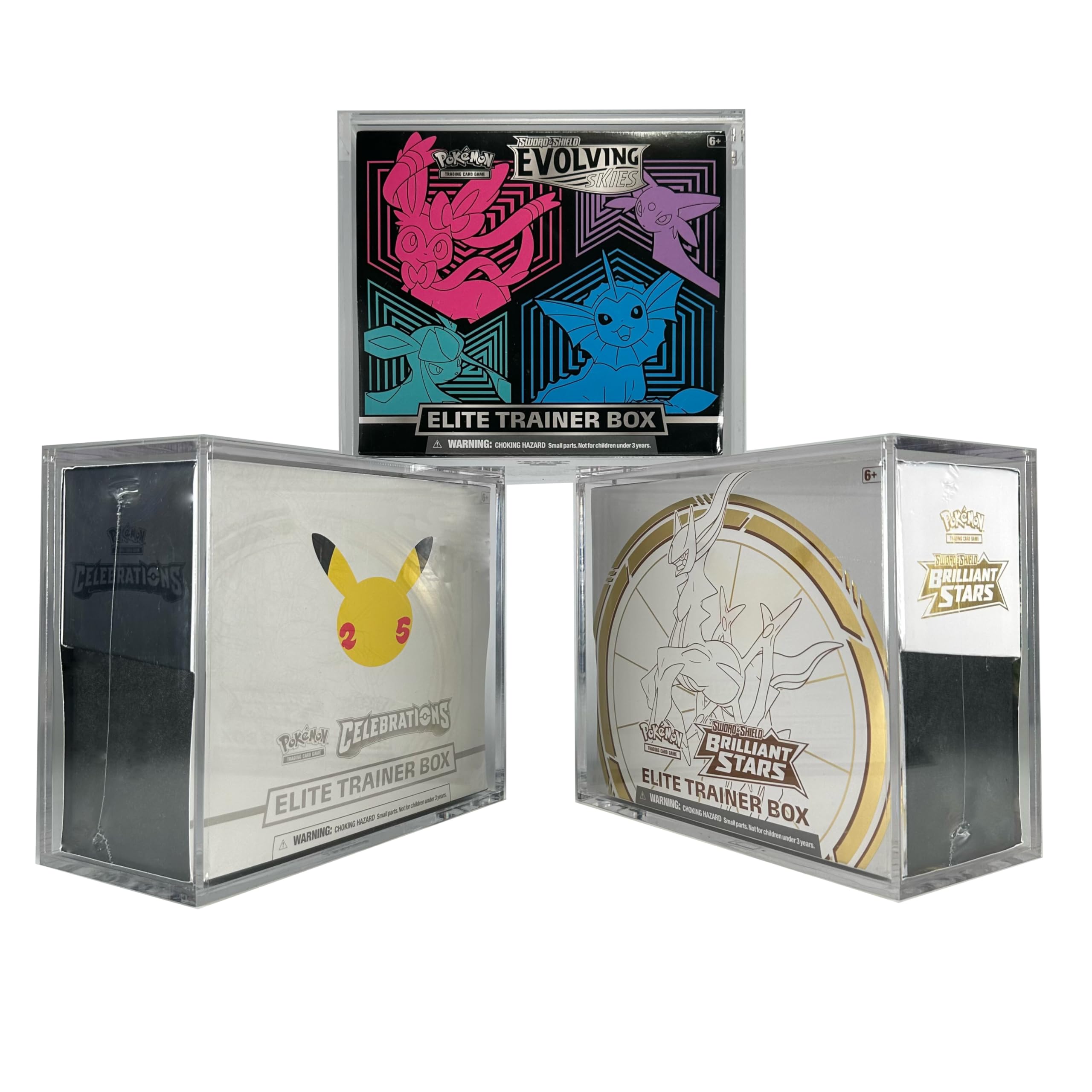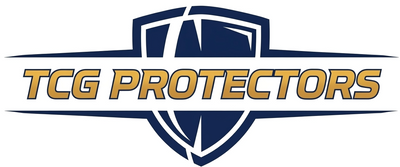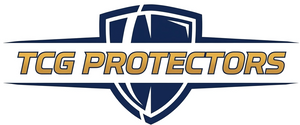Whether you're preparing for your first battle or sorting through a newly opened booster pack, understanding the information presented on a Pokémon card is the most fundamental skill in the Pokémon TCG. At first glance, a card can seem like a dense collection of numbers, symbols, and text. But every element has a specific purpose, telling you everything you need to know about a Pokémon's power in the game and its rarity as a collectible.
Our pillar guides have taught you the rules of the game. This guide is your visual encyclopedia for the cards themselves. We will dissect every part of a modern Pokémon card, from top to bottom, to make you an expert at identifying and understanding any card you encounter.
The Anatomy of a Pokémon Card (Beginner Level)
Let's break down a typical Pokémon card into its key sections. Every card follows this consistent layout, making it easy to find the information you need in the heat of battle.
(Imagine a modern Pokémon ex card, like Charizard ex, is displayed here as we break it down.)

Top Section: The Essentials
This area gives you the most critical at-a-glance information.
-
Name and Evolution Stage: At the very top, you'll find the Pokémon's name (e.g., "Charizard ex"). Just below the name is its Stage. A Basic Pokémon can be played directly to your Bench. A Stage 1 must evolve from a Basic, and a Stage 2 must evolve from a Stage 1.
-
HP (Hit Points): In the top-right corner, this number shows how much damage the Pokémon can take before it's Knocked Out.
-
Type: The symbol next to the HP indicates the Pokémon's elemental type (e.g., a flame for Fire, a water drop for Water). This is crucial for calculating damage from Weakness and Resistance.
Middle Section: Abilities and Attacks
This is the action center of the card, detailing what your Pokémon can do.
-
Artwork: The illustration of the Pokémon.
-
Ability: If a Pokémon has an Ability, it will be listed here, above the attacks. Abilities are special effects that are not attacks and do not end your turn.
-
Attacks: This area lists the Pokémon's attacks. Each attack has three parts:
-
Energy Cost: The symbols to the left show the type and amount of Energy required to use the attack. A colorless symbol (a white star) can be fulfilled by any type of Energy.
-
Attack Name: The name of the move.
-
Damage: The number to the right is the base damage it deals to the opponent's Active Pokémon.
-
Attack Effect: Any additional text describing effects like inflicting Special Conditions or altering the game state.
-
Bottom Section: Combat and Collector Info
This final section provides crucial combat modifiers and the card's collector data.
-
Weakness, Resistance, and Retreat Cost: This bar provides vital combat info.
-
Weakness: Shows which type deals extra damage (usually double, indicated by "×2") to this Pokémon.
-
Resistance: Shows which type deals reduced damage (usually 30 less, indicated by "-30") to this Pokémon.
-
Retreat Cost: Shows the number of Energy cards you must discard to move this Pokémon from the Active Spot to the Bench.
-
-
Card Information: In the bottom-left corner, you will find:
-
Illustrator: The artist of the card's artwork.
-
Set Symbol: A small icon representing the expansion set the card is from.
-
Card Number: Shows the card's number within its set (e.g., 125/197).
-
Rarity Symbol: A small symbol indicating the card's rarity. We'll cover this in detail below.
-
Regulation Mark: A letter (e.g., G, H) indicating its legality in the Standard format.
-
A Deep Dive into Card Types (Intermediate Level)
Every card in your 60-card deck falls into one of three fundamental categories.
1. Pokémon Cards

These are your battlers. Beyond the evolution stages, there's another crucial distinction:
-
Standard Pokémon: These are your single-prize Pokémon. When they are Knocked Out, your opponent takes one Prize card.
-
Rule Box Pokémon: These are ultra-powerful Pokémon identifiable by a "Rule Box" on the card that explains a special rule about them. Modern examples include Pokémon ex and the older Pokémon V, VMAX, and VSTAR. Their power comes at a cost: when they are Knocked Out, your opponent takes two or even three Prize cards.
2. Trainer Cards

These are the support cards that make your deck run. They are divided into four strategic subtypes:
-
Item: Play as many as you want per turn for various utility effects.
-
Supporter: Powerful, turn-defining effects, but you can only play one per turn.
-
Stadium: Creates a persistent field effect that impacts both players.
-
Tool: Attaches to a Pokémon to provide a continuous benefit.
3. Energy Cards

These are the fuel for your attacks.
-
Basic Energy: The nine fundamental Energy types (Grass, Fire, Water, etc.). You can have any number of these in your deck.
-
Special Energy: These provide unique effects but are limited by the "Rule of Four" for deck building.
The Modern Rarity System Explained (Collector's Guide)

With the Scarlet & Violet series, the system for identifying a card's rarity became more detailed, separating gameplay rarity from collector rarity. The symbol in the bottom-left corner is your key.
The Core Rarity Symbols
-
Circle: Common. The most frequently found cards.
-
Diamond: Uncommon. Less frequent than Commons.
-
Star: Rare. The traditional "rare" slot in a pack. This can be a non-holographic card or a Holo Rare, where the artwork has a holographic foil pattern.
The New Rarity Tiers (Scarlet & Violet Era)
-
Double Rare: Two black stars. This rarity is used for all regular-art Pokémon ex. These are the core powerful Pokémon for gameplay.
-
Illustration Rare: One gold foil star. These are full-art, alternate-artwork versions of standard (non-Rule Box) Pokémon, often depicting them in a unique scene.
-
Ultra Rare: Two foil stars. This rarity is for full-art, textured versions of Pokémon ex and Supporter cards.
-
Special Illustration Rare: Two gold foil stars. These are the most sought-after alternate-art cards. They are full-art, textured versions of Pokémon ex and Supporters, featuring elaborate, scenic artwork.
-
Hyper Rare: Three gold foil stars. These are often called "gold cards." They are full-art cards with a distinct gold foil treatment covering the card's border and accents.
Secret Rares and Reverse Holos
- Secret Rare: A card is a "Secret Rare" if its collector number is higher than the official set number (e.g., 210/197). All Illustration Rares, Special Illustration Rares, and Hyper Rares are also Secret Rares. For grading your rare pulls, compare PSA vs. BGS vs. CGC.
- Reverse Holo: In every booster pack, you will also find "reverse holographic" cards. On these cards, every part of the card except the artwork box has a holographic sheen. Any Common, Uncommon, or Rare card can also come in a reverse holo version.
Understanding every detail on your Pokémon cards unlocks a deeper appreciation for the game, whether you're a player strategizing your next move or a collector admiring the art and rarity of your latest pull. For tips on building a collection with lasting value, check our ultimate guide.














Leave a comment